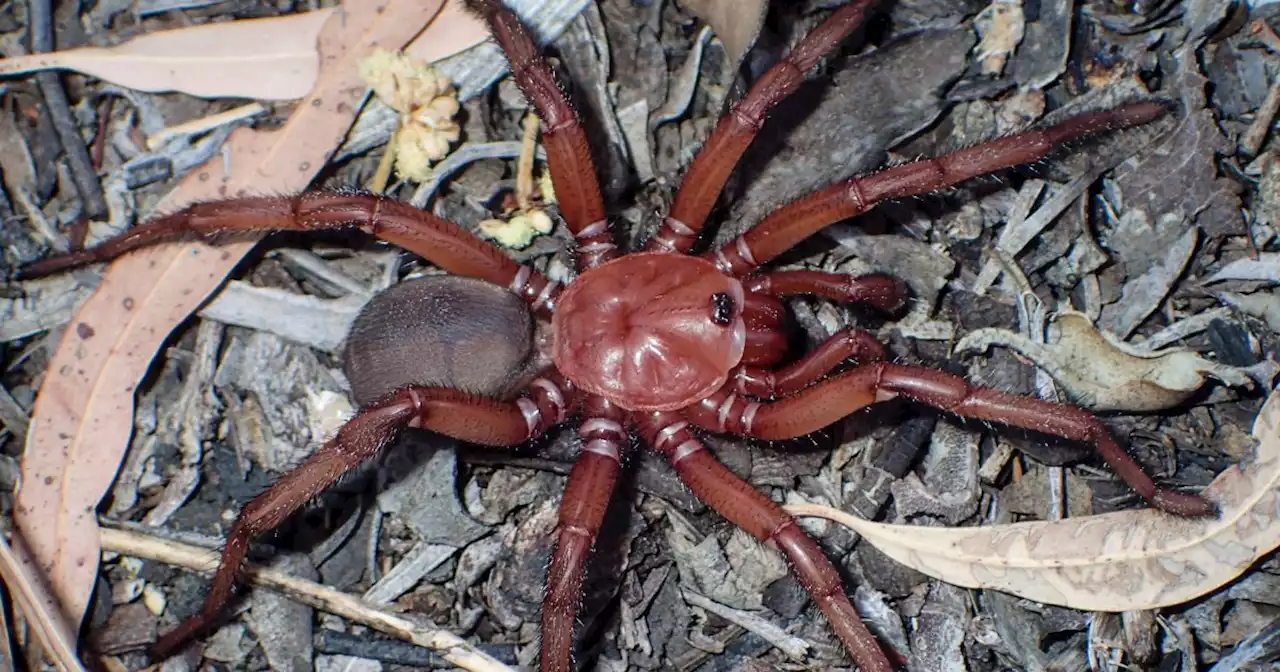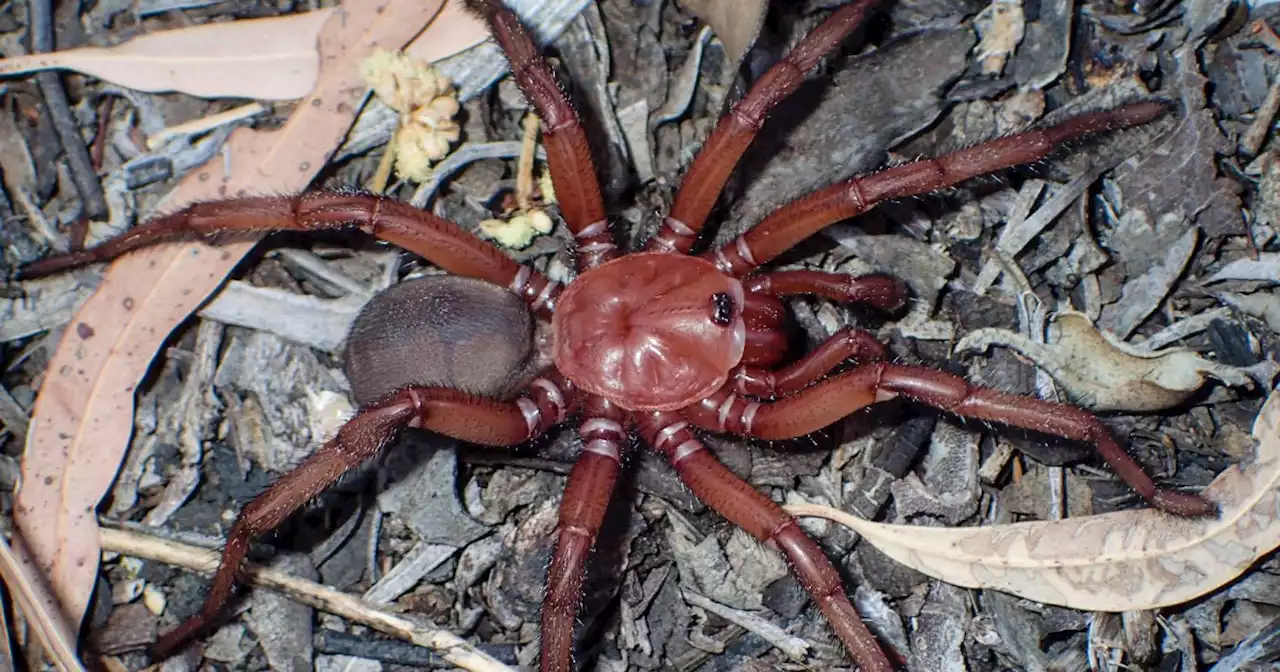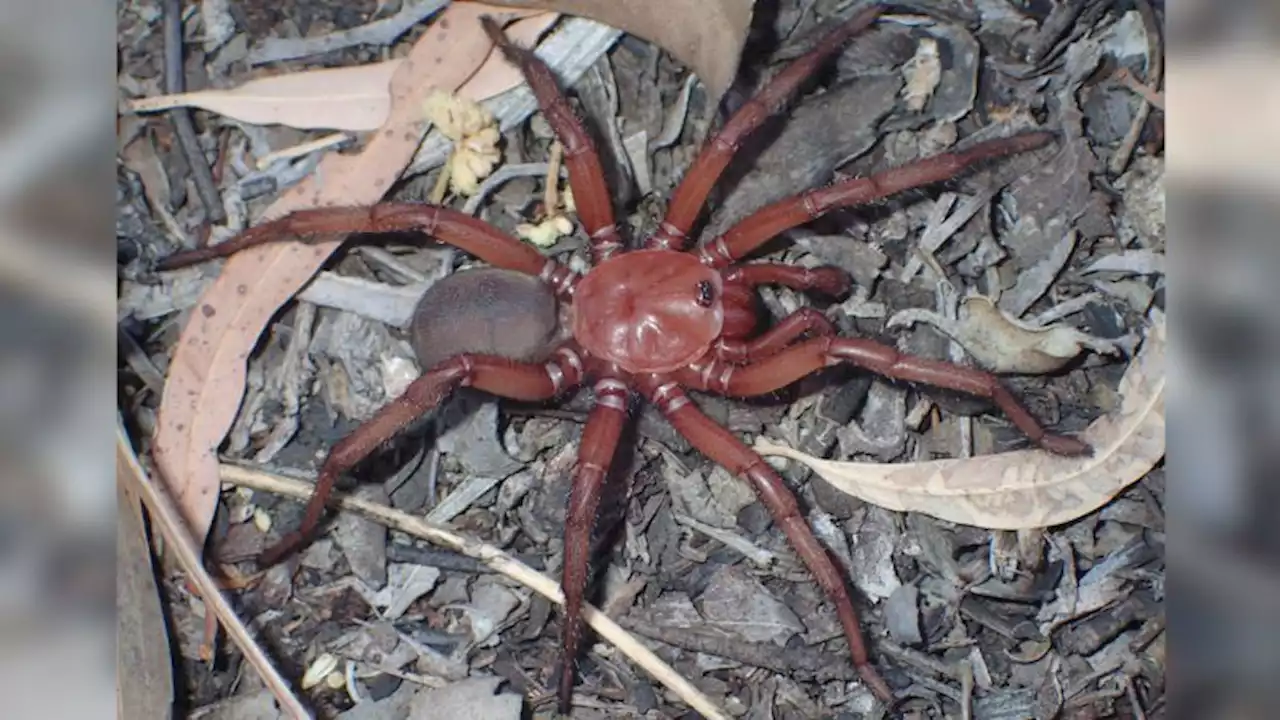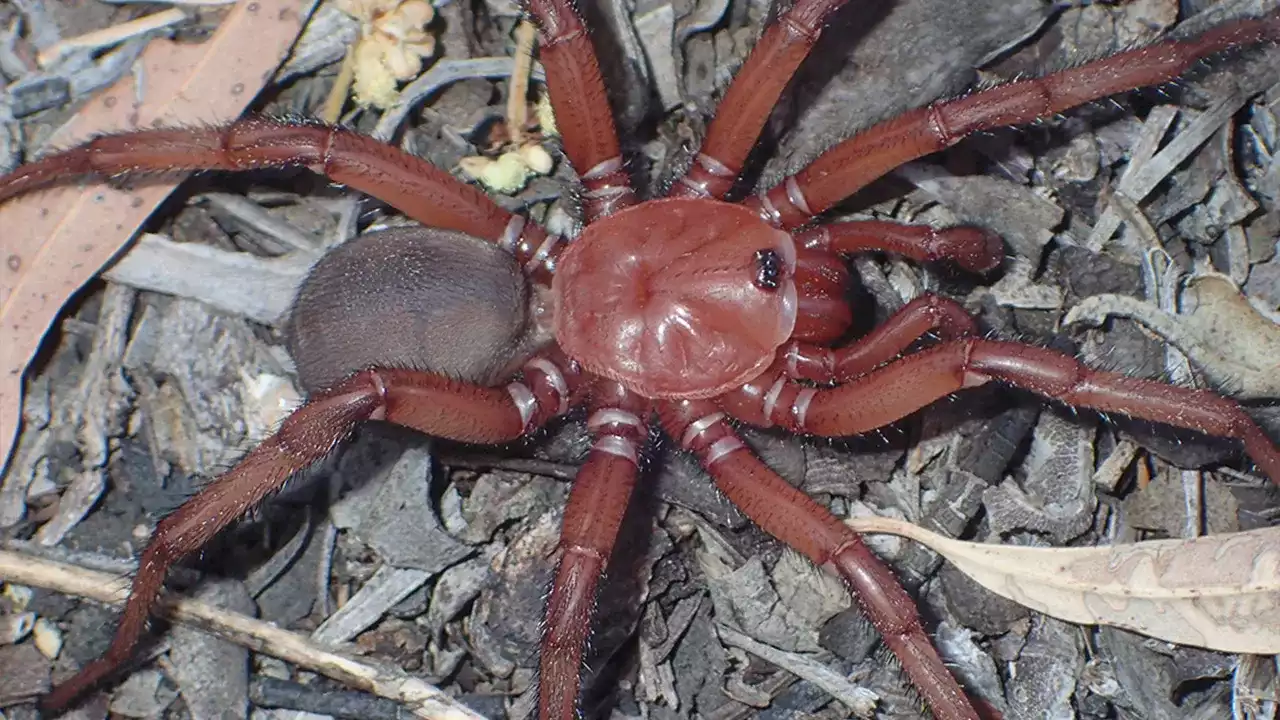Scientists in Australia discovered a new giant species of the trapdoor spider named Euoplos dignitas in Central Queensland, which was classified as an endangered species.
According to the Queensland Museum, the trapdoor spider was found by researchers who have been studying the Brigalow Belt in Central Queensland for the last four years.
The scientists worked as a part of Project DIG, a partnership with BHP and BMA,"that is transforming how theWhile the Queensland Museum did not share how big their find is, trapdoor spiders are typically up to 1.5 inches long and nest underground.The spider lives in open woodland habitats and builds its burrows in the black soils.
Jeremy Wilson, a research assistant in arachnology with the Queensland Museum Network, said in a video announcing the discovery of the creepy crawly spider that the research is exciting because"you just never know what you’re going to find."has real-life ramifications, because being a known species means"it can be protected.
United States Latest News, United States Headlines
Similar News:You can also read news stories similar to this one that we have collected from other news sources.
 Super-sized trapdoor spider discovered in AustraliaThe arachnid has been named Euoplos dignitas to reflect 'the impressive size and nature of the spider,' scientists with the Queensland Museum said.
Super-sized trapdoor spider discovered in AustraliaThe arachnid has been named Euoplos dignitas to reflect 'the impressive size and nature of the spider,' scientists with the Queensland Museum said.
Read more »
 Super-size trapdoor spider discovered in AustraliaThe arachnid has been named Euoplos dignitas to reflect 'the impressive size and nature of the spider,' scientists with the Queensland Museum said.
Super-size trapdoor spider discovered in AustraliaThe arachnid has been named Euoplos dignitas to reflect 'the impressive size and nature of the spider,' scientists with the Queensland Museum said.
Read more »
 Rare giant spider species spotted in Queensland | CNNA newly named rare spider species has been spotted for the first time in decades in Queensland, Australia.
Rare giant spider species spotted in Queensland | CNNA newly named rare spider species has been spotted for the first time in decades in Queensland, Australia.
Read more »
 MIT Scientists Reveal Plan To Minimize EV Impact On Power Grids - Videos from The Weather ChannelGrowing EV adoption means more power generation to charge vehicles. A new study from MIT reveals how that can be done without building new power plants. - Videos from The Weather Channel | weather.com
MIT Scientists Reveal Plan To Minimize EV Impact On Power Grids - Videos from The Weather ChannelGrowing EV adoption means more power generation to charge vehicles. A new study from MIT reveals how that can be done without building new power plants. - Videos from The Weather Channel | weather.com
Read more »
 Scientists can now tell if you had a 'vanishing' twin in the wombNew research has uncovered specific epigenetic changes in identical twins that could help uncover what causes a single egg to split in two.
Scientists can now tell if you had a 'vanishing' twin in the wombNew research has uncovered specific epigenetic changes in identical twins that could help uncover what causes a single egg to split in two.
Read more »
